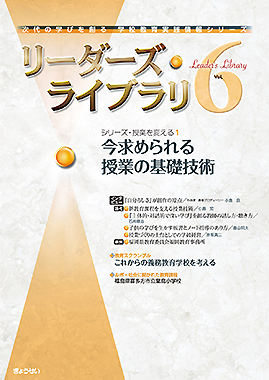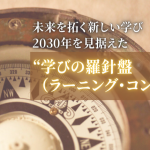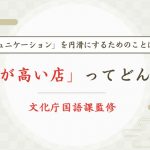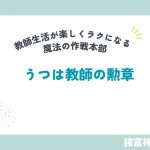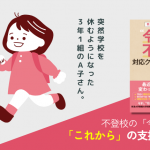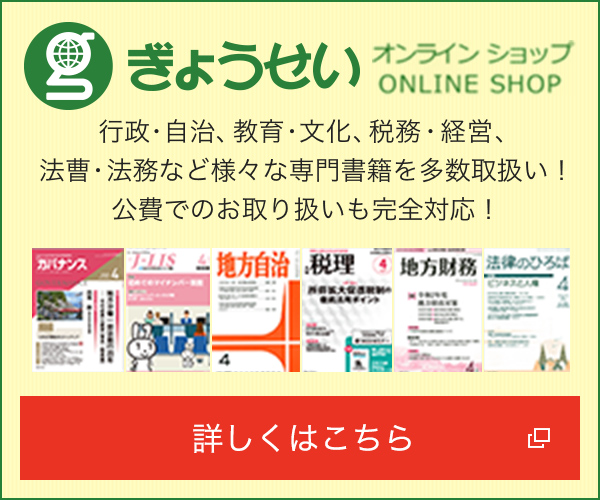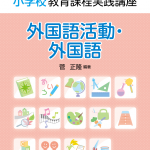
絶対満足できる!新しい英語授業
新教育課程実践講座Ⅰ 絶対満足できる!新しい英語授業[第6回]中学校の授業を大きく変える! 訳読、文法説明だけでは指導力の無い証
授業づくりと評価
2019.10.29
目次
新教育課程実践講座Ⅰ
絶対満足できる! 新しい英語授業
[第6回]中学校の授業を大きく変える!
訳読、文法説明だけでは指導力の無い証
大阪樟蔭女子大学教授 菅 正隆
本連載第3回で、中学校学習指導要領の改訂によるこれからの授業のポイントを以下のようにまとめた。
1.主体的・対話的で深い学び(アクティブ・ラーニング)を取り入れた授業
2.思考力・判断力・表現力を伸ばす授業
3.英語で行うことを基本とする授業
4.全国学力テストに向けた授業改革
5.語彙指導を取り入れた授業
以上から、これらを取り入れた授業がどうあるべきか、今回述べてみたい。その前に、特に語、連語及び慣用表現について、現行学習指導要領と新学習指導要領とを比較してみる。
・現行学習指導要領
(ア)1200語程度の語
(イ)in front of, a lot of, get up, look forなどの連語
(ウ)excuse me, I see, I’m sorry, thank you, you’re welcome, for exampleなどの慣用表現
・新学習指導要領
(ア)・・・(略)・・・、小学校で学習した語に1600~1800語程度の新語を加えた語
(イ)連語のうち、活用頻度の高いもの
(ウ)慣用表現のうち、活用頻度の高いもの
となっている。
ここで特に注目したいのは語彙数の点である。「小学校で学習した語に」とあり、小学校では、600~700語を取り扱うことになっており、この数に、1600~1800を加えると、中学校で取り扱う語彙は2200~2500語となる。現在は1200語程度であることから、倍増となっていることが分かる。この数は、現在の高校2年生の教科書の語彙数に匹敵する。
次に、現行の学習指導要領に則って使用されている中学校3年の教科書(1200語程度の内容)と高校2年の教科書(2500語程度の内容)を対比してみる。2021年度から使用される中学校の教科書は、語彙数の点から後者のような教科書になることが予想される。
1.中学校3年教科書(SUNSHINE ENGLISH COURSE 3[開隆堂出版])【1200語相当】

This is a story about Malala Yousafzai, a Pakistani schoolgirl. She gave a speech at the United Nation on her 16th birthday,
July 12, 2013. She spoke for the right of education for every child. The U.S. called the day Malala Day.
About nine months before that, on October 9, she was shot by a gunman on a school bus. She was returning home from school. At once, she was taken to a hospital in Peshawar, and soon after to another hospital in the U.K.
1ページに記載されている総語数は85語であり、新出単語数は、educationをはじめとする5語である。
次に、2500語レベルの高等学校の教科書を見てみる。2500語程度の語を用いて英文を作成することになると、語数に限らず、内容的にも高度になることが想定される。
2.高校2年教科書(NEW ONE WORLD CommunicationⅡ[教育出版])【2500語相当】
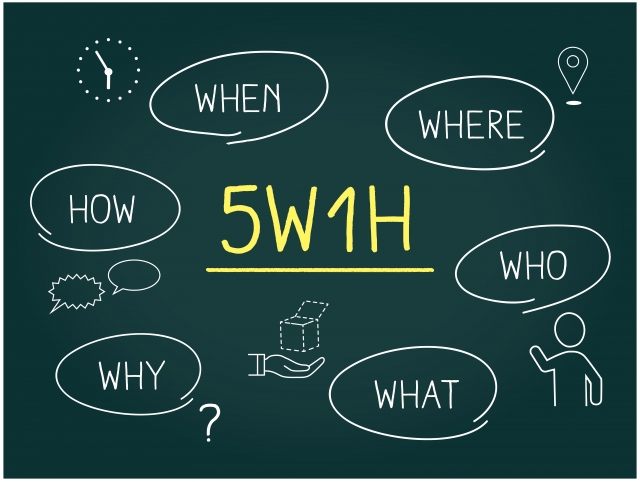
Part1(前時の学習内容)
およそ2000年前の人々の様子を想像してみましょう。
We have a lot of historical materials on lifestyles in ancient Rome. Look at the pie chart below. It shows how a Rome citizen spent a day. About 2,000 years ago, in the capital of Rome, which enjoyed unprecedented prosperity in history, there were a lot of high-rise apartment buildings, paved roads, and even public flush toilets. In Japan, which was in the Yayoi period at that time, people lived in pit dwellings, growing rice. There was no system or organization as a nation yet. So how did the Romans live in those days?
Part2(本時の学習内容)
古代ローマ人はどのような生活を営んでいたのでしょう。
The ancient Romans got up around 6:00 when the sun rose, after that they had a light breakfast of bread, honey, and milk. Around 7:00 children left home for school and adults began their work for the day. At that time, it was thought ideal to work for several hours from morning to noon. At noon, they finished up their work and then it was time for leisure. First, they had lunch at a café called a “bar.” For lunch, they had wine, eggs, olives, or salted sardines. After lunch, they spent time watching wild animal fights or the gladiators’ matches in the Colosseum, or enjoying plays in the theaters. After that they went to public baths and spent a long time there. Around 5:00 in the evening, they went back to their houses and had a moderate supper. They finished it before the sun set completely. Finally, they went to bed shortly after dark.
本時で取り扱うページに記載されている語数は155語で、中学校の2倍程度である。また、ここでの新出単語は、idealをはじめ12語である。

